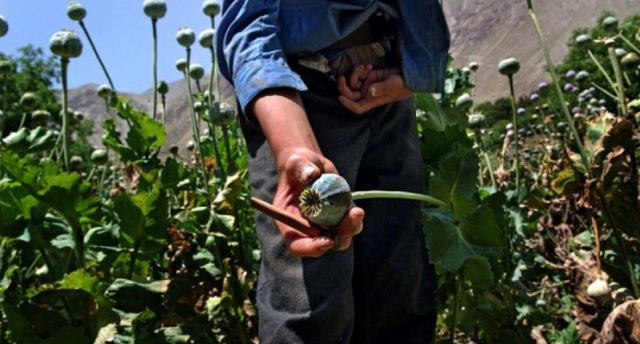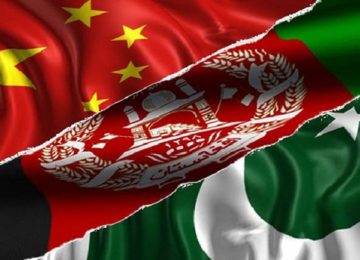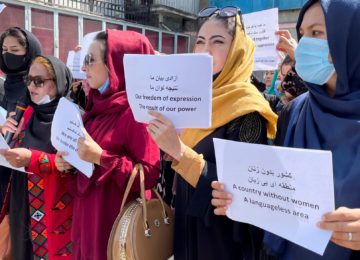June 28, 2019
Afghanistan is global hub of narcotics production and smuggling. It is the main source of opium, morphine and heroin, among other cannabis-type and amphetamine-type stimulants. Since the Soviet invasion in 1979, the country has attained a notoriety for being one of the largest producers of the illicit opium poppy. The level of its production and smuggling reached new heights in the 1990s. The production got reduced significantly for a short period of time during the Taliban rule, but again its cultivation started increasing after the 2001 invasion of the US/NATO troops on Afghanistan. According to the United Nations Office for Drugs and Crime’s annual opium survey, in 2017, opium production in Afghanistan reached a record high. After years of US military strikes, global efforts by the UN along with US and its allies, as well as spending of more than $8.7 billion dollars to counter the country’s illicit narcotics economy, Afghanistan still remains the world’s largest opium producer.1 As a result in February 2019, the US ended its anti-narcotics campaign in the country, without achieving any substantial results or dismantling the production and trafficking network, which, despite the campaign has spread to more areas.
There are a myriad of factors behind the widespread opium production in Afghanistan. Some of them include:
- Destruction of agricultural and economic infrastructure owing to years of war and disturbance in the country;
- Narcotics cultivation and production as the alternative economy, and a source of livelihood for the agriculture dependent country;
- Absence of government control and rampant corruption.
The increase in production of the illicit global opiate has been partly due to the reliance of Taliban and even the Afghan government on this ‘cash crop’. The US-led war on terror unfortunately fueled its production. The price of narcotics production and smuggling has been paid mostly by Afghanistan’s neighbours, particularly Iran and Pakistan, as through these countries it is mostly trafficked to the rest of the world, especially Europe. Multiple proposals and strategies have been opted by the UN, US and its allies, to counter the narcotics production in the country, but they have failed due to the lack of sustainable alternative economic options. Afghanistan even has its own Ministry of Counter Narcotics, but it has failed to achieve any worthwhile results. Unless a viable economic and governance system owned and led by Afghans, is established in the country, any measures to curtail the narcotics growth will not bear any fruitful results. Read more.








